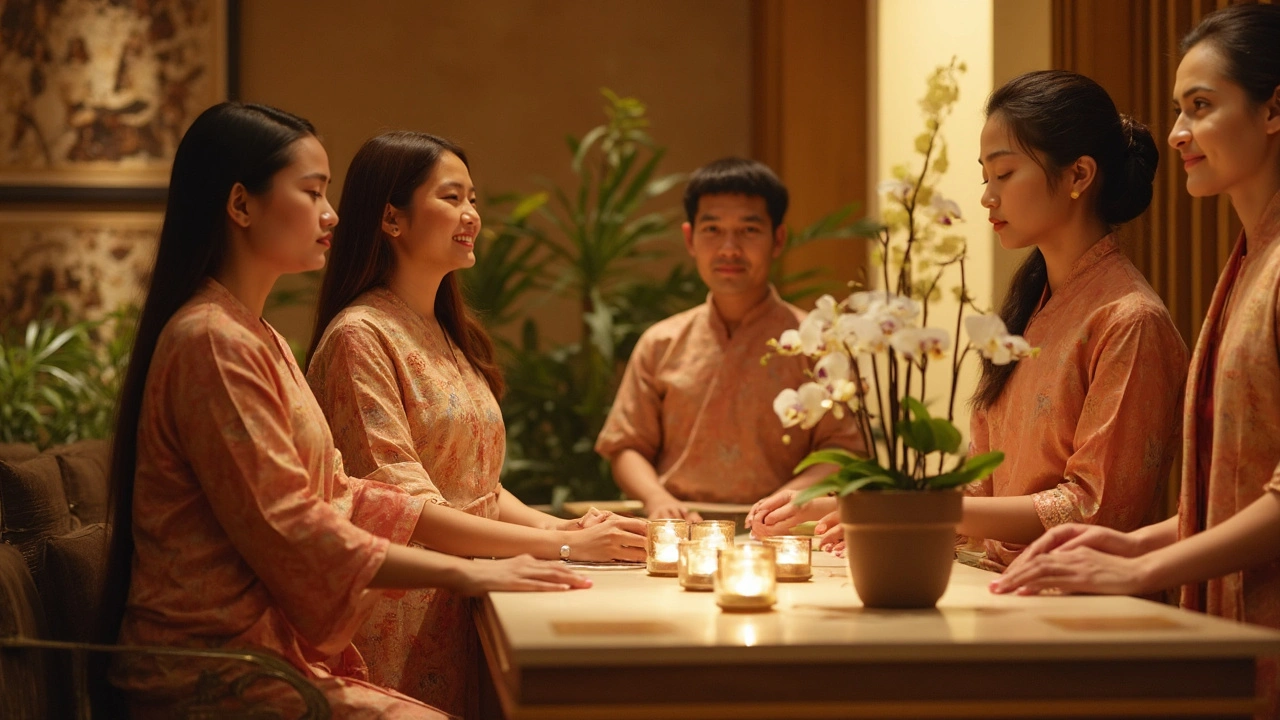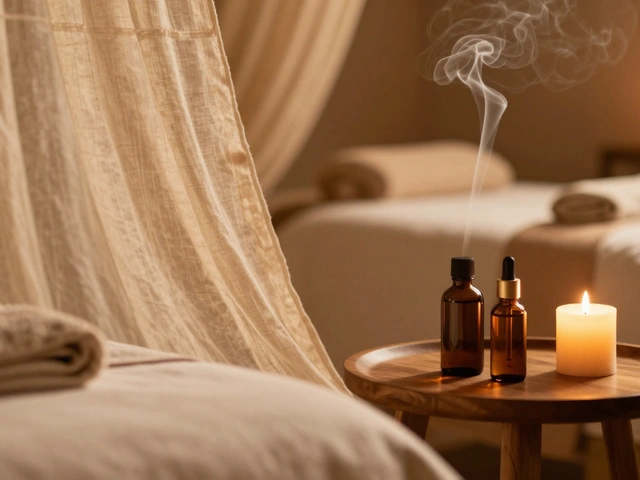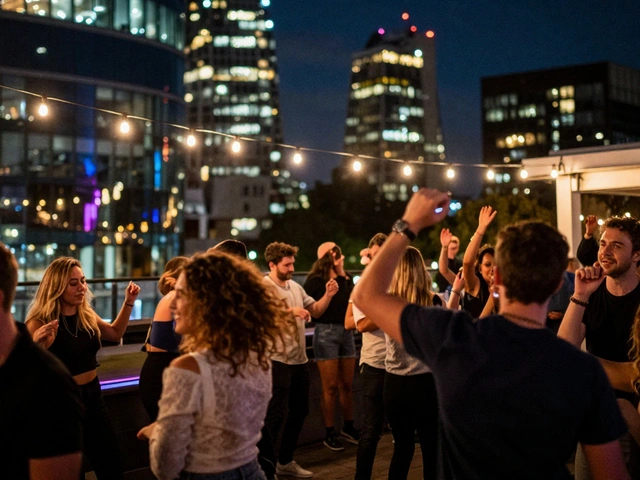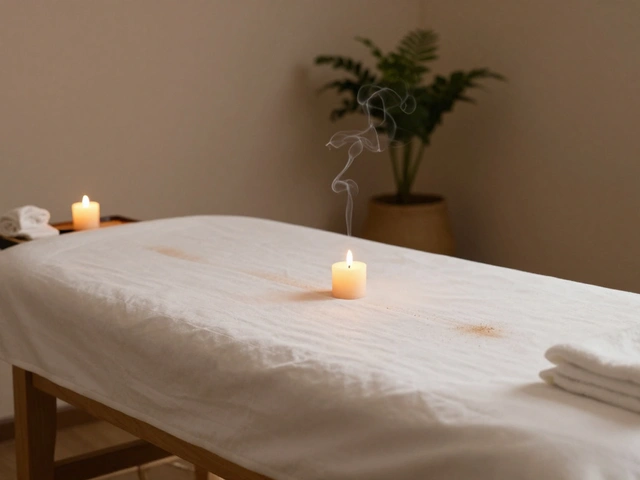Thai Massage Tips: Your Quick Guide to a Great Session
If you’re curious about Thai massage but feel unsure about what to expect, you’re not alone. Most people wonder what to wear, how to relax, and what to do after the session. This guide gives you clear, no‑fluff advice so you can walk into any Thai massage studio (especially in London) feeling confident.
Getting Ready: What to Wear and Bring
First thing’s first – dress comfortably. Loose cotton or stretch fabrics are ideal; they let the therapist move you through stretches without chafing. Avoid heavy jackets, tight jeans, or shoes that are hard to slip off. Many studios provide a change‑room and a simple wrap, but it never hurts to bring a clean T‑shirt and easy‑to‑remove shoes.
Next, think about personal items. A small water bottle helps you stay hydrated, and a light snack (like a fruit bar) is good if you tend to feel light‑headed after deep stretches. Most places ask you to fill out a brief health questionnaire – be honest about injuries or conditions so the therapist can adjust the moves.
Time your arrival. Showing up 5–10 minutes early lets you settle, relax, and chat with the therapist about any areas that need extra attention. Rushing in only adds stress, which defeats the purpose of a calming massage.
During the Session: How to Relax and Communicate
Thai massage mixes pressure points with assisted yoga‑like stretches. It can feel intense, but the goal is gentle flow, not pain. Keep breathing deep and steady – inhale through the nose, exhale through the mouth. If a stretch feels too hard, simply say “a bit less” or “let’s ease up.” Therapists appreciate feedback; they’ll adjust on the spot.
Focus on the present. Your phone stays in the locker, and you let the therapist guide the rhythm. Notice how your muscles respond, and let any tension melt away with each exhale. If you’re new, the therapist might start with a light foot massage and gradually work up the legs, back, and shoulders.
After the main routine, many studios offer a short head or scalp massage. It’s a nice way to finish, helping you feel refreshed rather than sleepy. If you feel a little sore afterward, that’s normal – the muscles have been stretched and will loosen up over the next day.
After‑Care: Extending the Benefits
Hydration is key. Drink a glass of water within 30 minutes of finishing; it helps flush out toxins released during the massage. Light movement, like a short walk, keeps the blood flowing and prevents stiffness.
Avoid heavy meals or alcohol for a few hours. Your body is still in a relaxed state, and a heavy digesting load can bring unwanted fatigue. Instead, enjoy a light snack and maybe a cup of herbal tea.
If you plan to book another session, note which stretches felt best and which areas needed more attention. Sharing this with your therapist next time makes each visit more tailored and effective.
Thai massage doesn’t have to be mysterious. With the right preparation, honest communication, and simple after‑care, you’ll walk out feeling lighter, more flexible, and ready to take on the day. Give it a try – the first session might just become a regular part of your wellness routine.
Thai Massage London: Your Guide to Real Relaxation
Discover what makes Thai massage in London so special and how it can help melt away tension. This guide breaks down exactly what happens during a Thai massage, practical tips to get the most from your session, and what to look for in a quality Thai spa. Find out who should try it, who should avoid it, and fun facts that might surprise you. If you're thinking about booking your first Thai massage, this article's packed with info you don't want to miss.
Read More





